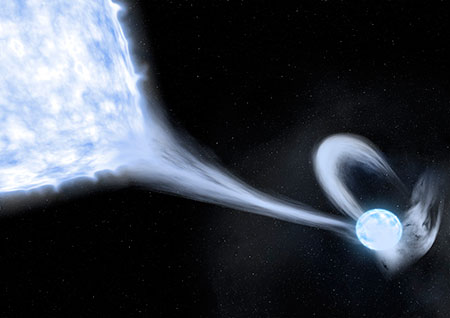
Stars are fundamental to our understanding of astrophysics. They are the progenitors of the astrophysical explosions we study, populations of them comprise the galaxies we observe, and they host exoplanetary systems that may harbor life. Investigating the breadth impact requires a deeper understanding of their physics, which we explore at CTAC in our studies of stellar evolution.
There are a number of outstanding questions in the study of stars that we investigate at CTAC. This includes the nature of angular momentum transport within evolving stars. After the main sequence, the stellar core contracts and spins up, while the envelope expands and spins down. We explore how differential rotation may cause various hydrodynamical and magnetohydrodynamic instabilities that can transport angular momentum outwards to slow the rotation of the stellar core. This has crucial consequences for the spins of the posthumous stellar remnants, whether they be white dwarfs, neutron stars, or black holes.

Another growing field is binary evolution, which now thought to play a crucial role in the lives of stars. It provides angular momentum through tidal interactions and mass transfer, impacting the kinds of supernovae these stars may produce, and what remnants of which could be the sources of detectable gravitational waves. Furthermore, stars that are stripped of their envelopes by interaction with a binary companion emit a significant fraction of their radiation as ionizing photons. Accurate predictions for binary products are therefore needed to understand and quantify their contribution to the period of cosmic reionization, when the universe emerged from its dark ages.
Finally, at CTAC we study stars in dense environments. Globular clusters, in particular, present rich opportunities for probing the importance of gravitational dynamics in dense stellar environments, including the powerful influence black holes may play in these systems. Dynamical interactions play significant roles in both the evolution and survival of the systems as a whole, and also in the formation of a number of exotic populations including x-ray binaries and gravitational wave sources.
